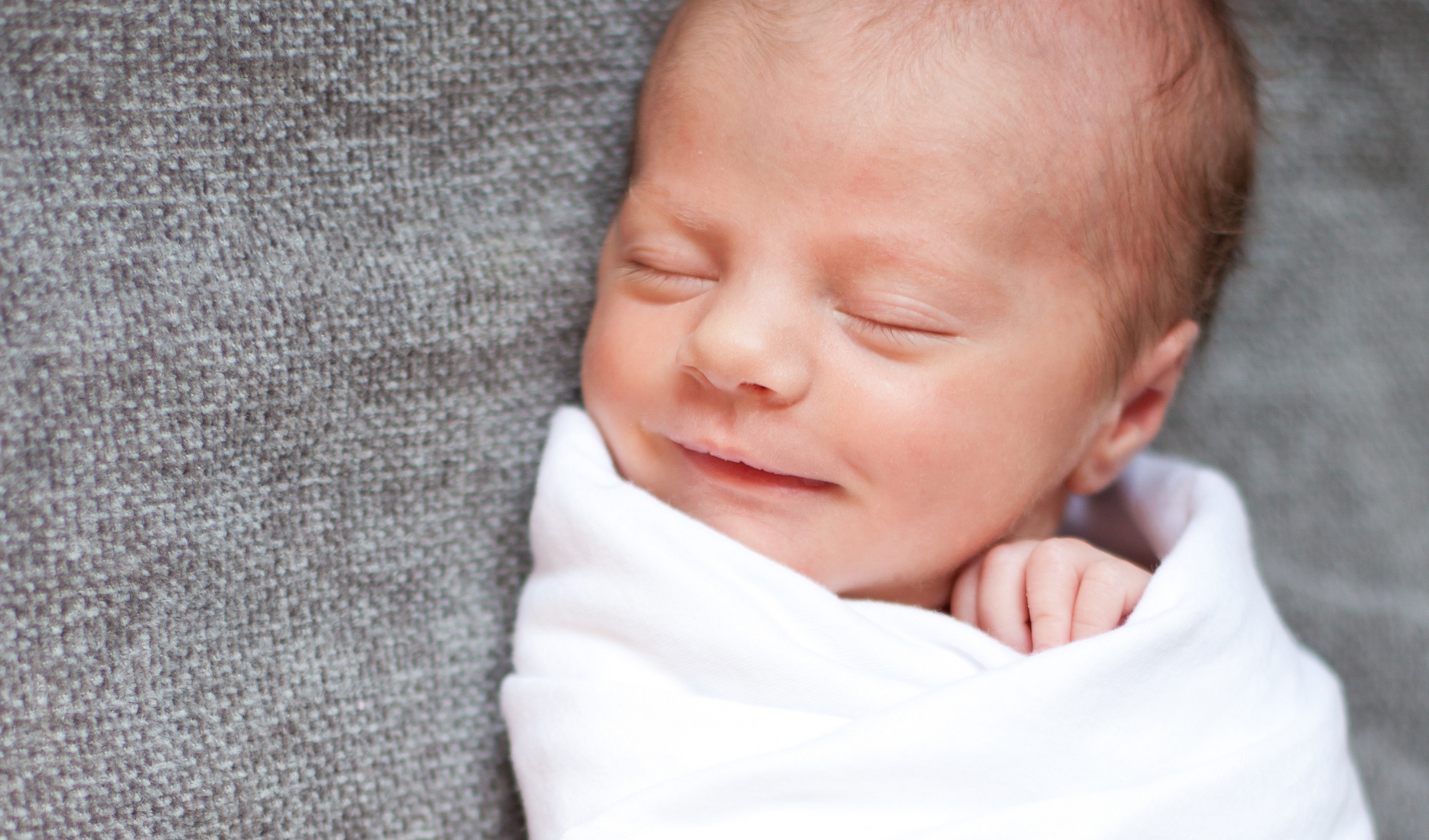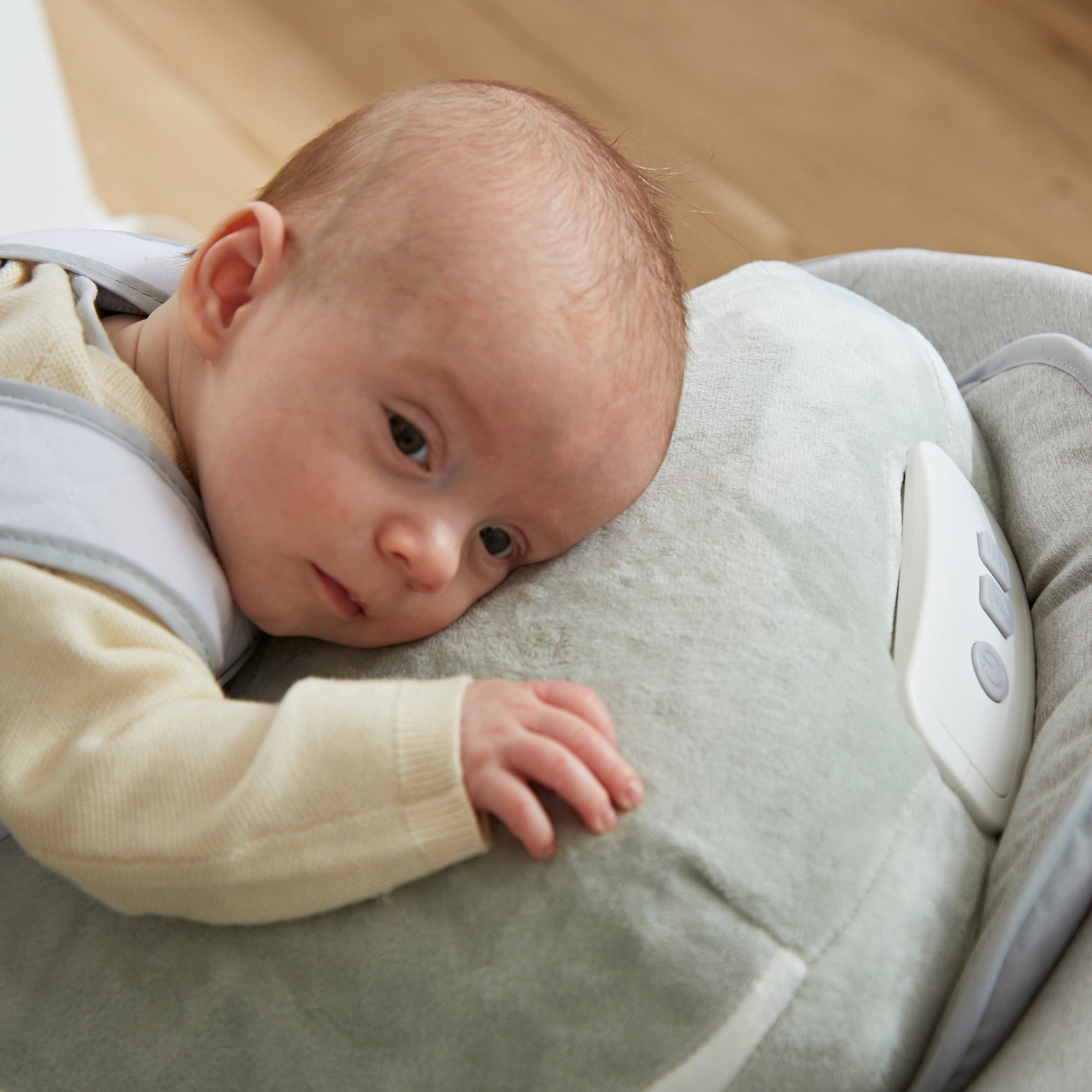Welcoming a newborn into your life is a joyous experience filled with awe and wonder. It's also a time when you seek the best ways to keep your little one safe, comfortable, and content. One age-old practice that continues to work its magic is swaddling. In this blog post, we will explore the world of newborn swaddle blankets and how they nurture your baby's development, ensuring that they thrive and grow in a secure and loving environment.
The Art of Swaddling
Swaddling is an ancient practice that involves wrapping a baby snugly in a blanket or cloth. It creates a warm and secure cocoon that mimics the feeling of being in the womb. This age-old tradition has been passed down through generations for its remarkable benefits.

One of the primary advantages of swaddling is its ability to soothe newborns. The gentle pressure and confinement provide a sense of security that can calm even the fussiest of babies. By preventing the startle reflex, swaddling helps infants sleep more soundly and for longer periods. Moreover, swaddling can minimize the risk of Sudden Infant Death Syndrome (SIDS) by ensuring that babies sleep on their backs.
The Developmental Benefits
Swaddle blankets offer a number of developmental benefits for your newborn. Firstly, they promote better sleep, which is crucial for your baby's growth and overall well-being. When your baby sleeps well, their brain can focus on processing the day's experiences and forming new connections.
Swaddling also helps with motor development. By keeping your baby's arms and legs snugly wrapped, they are less likely to flail around and wake themselves up. This provides uninterrupted rest and conserves energy, allowing your baby to use it for essential physical and cognitive development.
The Comfort of Routine

Babies thrive on routine, and swaddling can become an integral part of your baby's daily schedule. When they are swaddled before sleep or during fussy moments, it creates a sense of security and predictability in their lives. This consistency can help soothe your baby and reduce stress, both for them and for you.
As you swaddle your baby, you're not just providing physical comfort but also emotional support. The act of swaddling is an opportunity for bonding, and it can become a cherished ritual that strengthens your connection with your newborn.
When to Say Goodbye to Swaddling
As your baby grows and develops, there will come a time when they outgrow the swaddle. Most babies start to show signs of rolling over at around four to six months, which is when swaddling should be discontinued for safety reasons.
When it's time to transition out of swaddling, consider using wearable blankets or sleep sacks to provide your baby with a sense of security while ensuring their safety during sleep.
Embracing the Magic of Swaddle Blankets

Newborn swaddle blankets have an undeniable magic that soothes, comforts and nurtures your baby's development. They create an environment of warmth and security, allowing your little one to thrive and grow.
Swaddling is a time-tested practice that brings both you and your baby peace, joy, and the precious gift of restful sleep.
Related Blogs:


